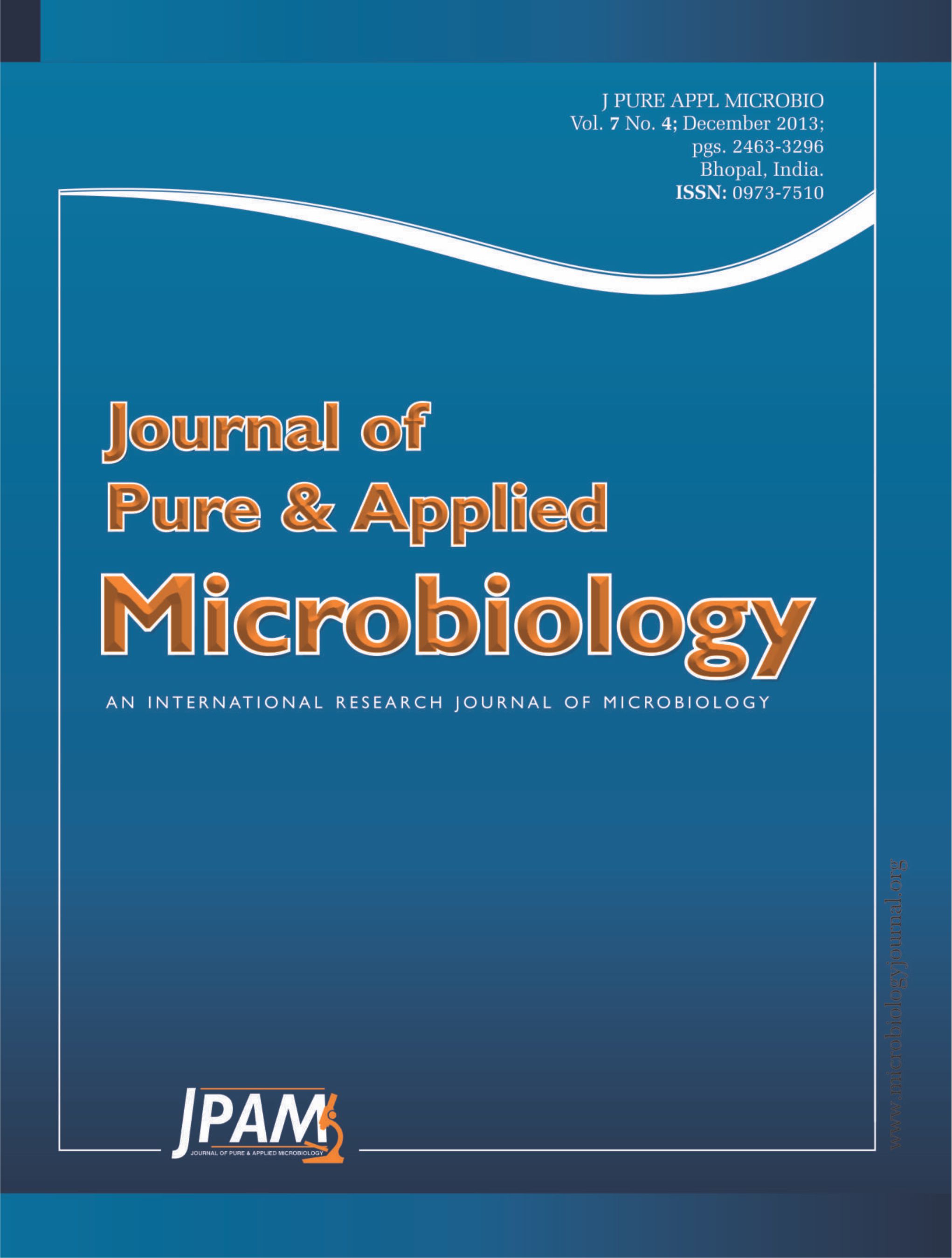Interleukin (IL)-11 is a multifunctional cytokine that stimulates hematopoietic progenitor cells and exerts a series of important immunomodulatory effects. Recombinant human interleukin-11 (rhIL-11) has been shown to increase platelet counts in animals and humans and is the only drug approved for use in chemotherapy-induced thrombocytopenia (CIT). rhIL-11 is 19 kDa protein (1) that lacks the N-terminal proline in compare with wild type and has been produced in recombinant E. coli. A synthetic gene of human interleukin 11 was designed, codon optimized, cloned and expressed in E.coli BL21 (DE3) and E. coli Rosetta (DE3) using a pET-15b expression vector. In this study we compared two strategies for better expression of heterologus protein by using two different E. coli systems. As the results show, expression of codon optimized 6His-interleukin 11 in E. coli Rosetta (DE3) was better in comparison with E. coli BL21 (DE3). Not only codon optimization, but appropriate strain selection has a great effect on recombinant protein production in E. coli.
Recombinant Human Interleukin 11, Escherichia coli, Codon Bias, Chemotherapy-Induced Thrombocytopenia, Strain Selection
© The Author(s) 2013. Open Access. This article is distributed under the terms of the Creative Commons Attribution 4.0 International License which permits unrestricted use, sharing, distribution, and reproduction in any medium, provided you give appropriate credit to the original author(s) and the source, provide a link to the Creative Commons license, and indicate if changes were made.


